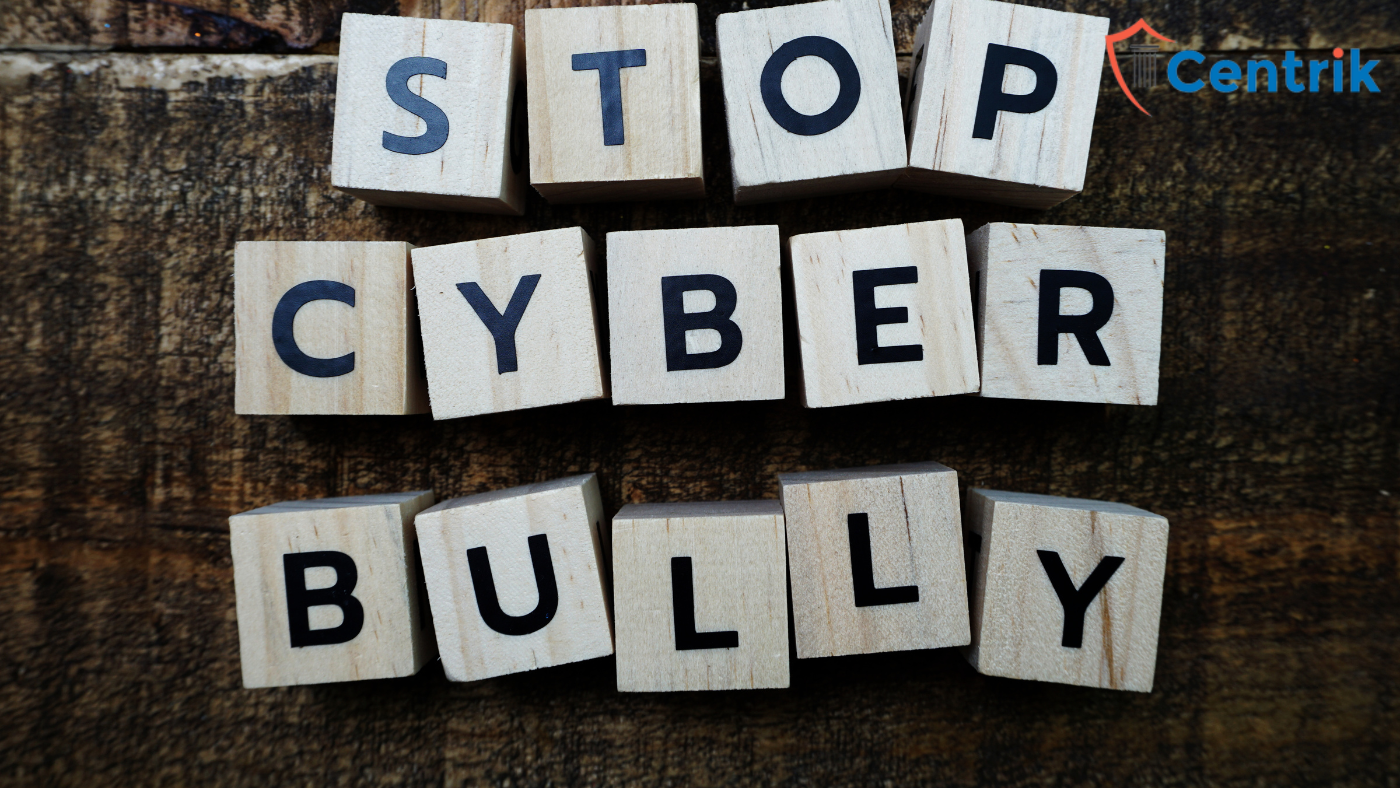
What is Cyberbullying?
The use of digital channels such as social media, email, or text messaging to harass, threaten, or intimidate someone is referred to as cyberbullying. It can take many forms, such as online harassment, trolling, cyberstalking, and spreading false information. The effects of cyberbullying are typically severe, resulting in psychological pain, reputational loss, and, in extreme cases, suicide.
It is becoming a bigger issue everywhere, including India. People are exposed to new types of harassment and intimidation due to the growing usage of social media and digital technology. This essay examines the concept of cyberbullying and looks at the legal options India has to address this urgent problem.
Legal Framework in India-
India has acknowledged the need to combat cyberbullying, and its legal system includes a number of regulations to do so. Following are a few of the pertinent laws, rules, and provisions:
- Information Technology Act, 2000:Cyberbullying is one of many cybercrimes covered by the IT Act. Sending abusive/offensive remarks, identity theft, and the publication or transmission of obscene/pornographic content online are all expressly addressed in Sections 66A, 66C, and 67B.
- Indian Penal Code, 1860: Section 509 of the IPC addresses online harassment, and Section 500 addresses defamation, which is sometimes involved in cyberbullying instances.
- Protection of Children from Sexual Offences (POCSO) Act, 2012:This act provides protection against sexual harassment of children and includes online harassment within its purview.
- National Cyber Crime Reporting Portal: This service, which was established by the Ministry of Home Affairs, enables people to submit cybercrimes, such as cyberbullying, for additional investigation.
- Guidelines by the Ministry of Women and Child Development:The Ministry has issued guidelines for handling cyberbullying and created a platform to report cases, which can be accessed through a mobile application.
Procedure to be followed if Cyberbullied-
- Cyber Cells- In order to assist victims of cybercrime in receiving compensation, Cyber Cells were established. These teams, which are a component of a criminal investigative unit, are in charge of looking into illegal activities that take place on the Internet. If your residence does not have a cyber cell, you can file an FIR at the closest police station. Anyone who is unable to submit an FIR for any reason should nonetheless get in touch with the city’s judicial magistrate or commissioner. Every police station is obligated to file a FIR, regardless of jurisdiction.
- Report to CERT: The Indian Computer Emergency Response Team (CERT-IN) has been established as the national regulatory body for addressing computer safety problems under the Information Technology Amendment Act of 2008. They offer advice on, among other things, cyber incident protocol, protection, reporting, and reaction.
- Report to Websites: The majority of social networking sites that let users create accounts have a reporting function. These websites are required to react to requests to remove data related to copyrighted content within 36 hours under the IT (Intermediary Guidelines) Rules, 2011, which apply to them. The intermediary shall retain such information and related documentation for a minimum of ninety days for the purpose of an investigation. Any problematic material that is maintained, saved, or distributed on the computer system of the person who is being wronged can be brought to the intermediary’s knowledge verbally or in writing, by email signed electronically.
Conclusion-
Cyberbullying is a widespread problem with serious effects on the mental and emotional health of victims. Although India has taken steps to address this issue through its legal system, there is still much to be done in terms of raising awareness and ensuring that the law is really enforced. It is essential for society to come together to fight cyberbullying and make the internet a safer place for everyone.




 join For Updates
join For Updates